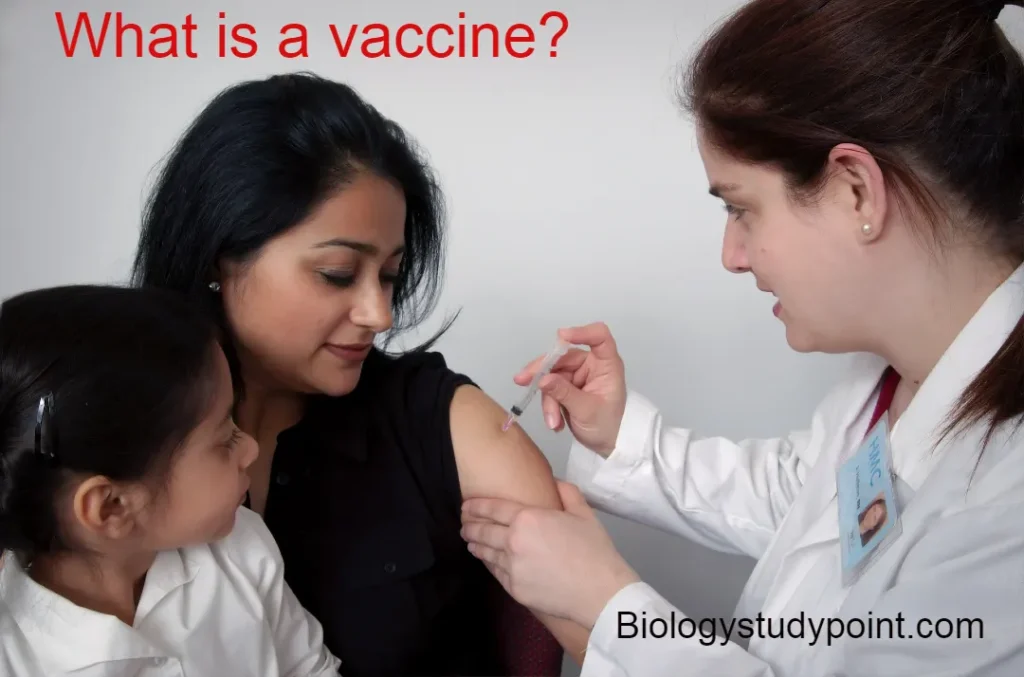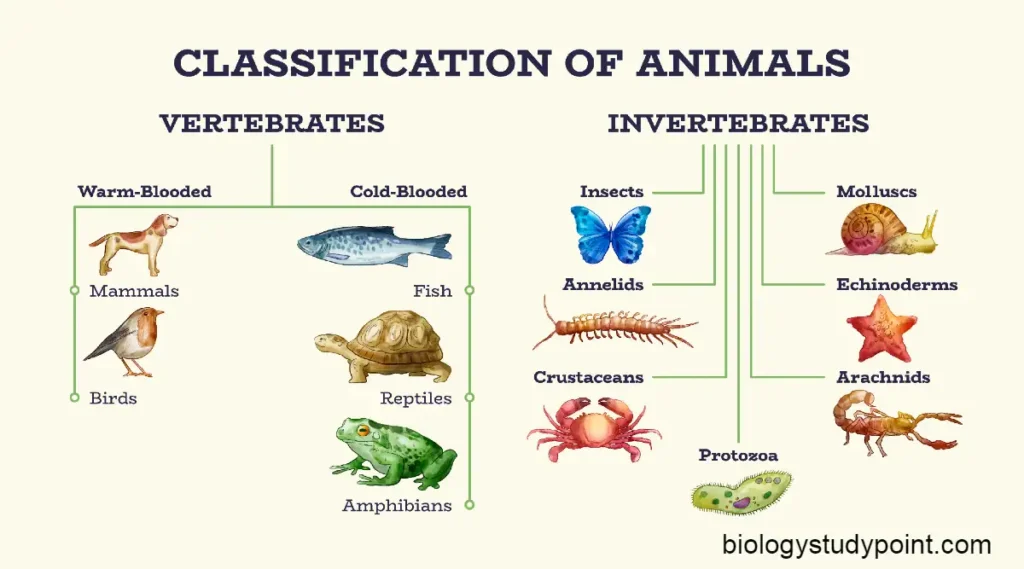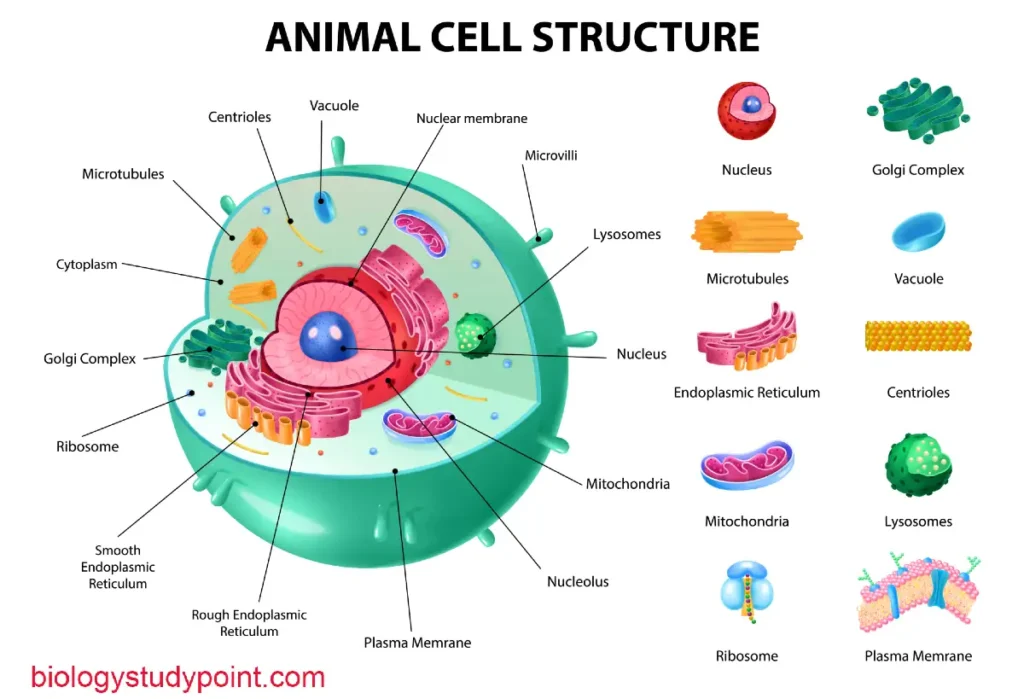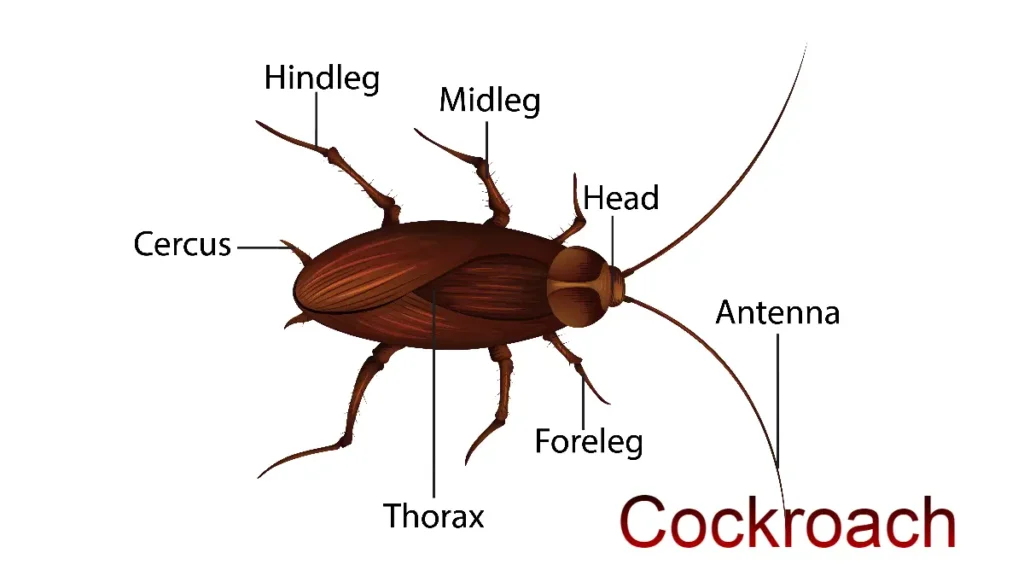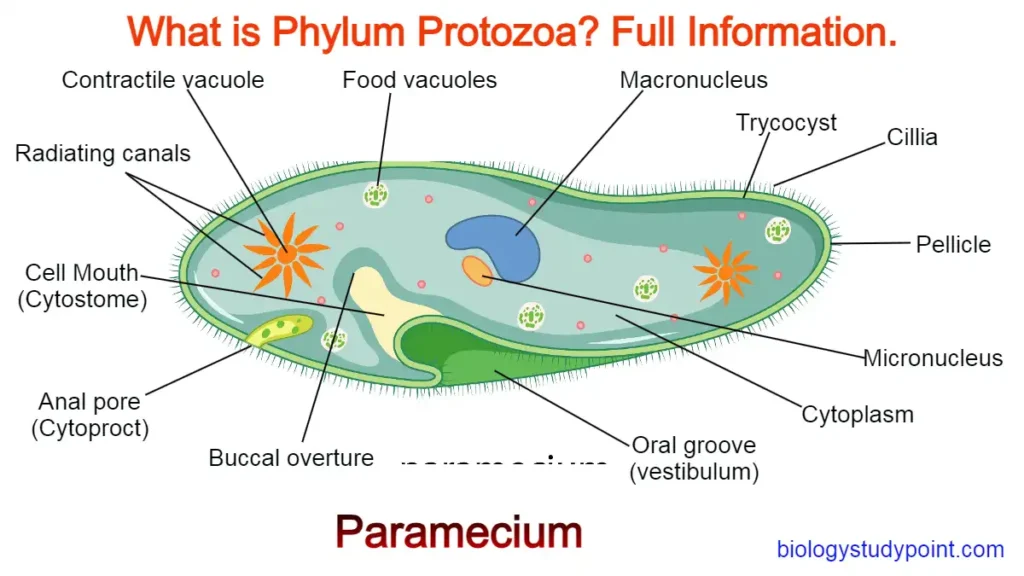Hello guys, welcome to again in another new article, In this, we will know what is a vaccine. In this, to know about the vaccine completely step by step, then let’s start.
Definition of the vaccine?
Vaccines are diluted suspensions of killed, living, or attenuated microorganisms or their component or their metabolic products, that are used as antigens to produce immunity against infection caused by these microorganisms.
When injected in a normal, healthy person, vaccine-induced antibodies provide acquired Immunity against subsequent infection from that specific microorganism.
Role of vaccines –
The injection of vaccine is called a ‘shot’. The shot involves the injection of an attenuated microorganism Whose violence is weakened are ability to cause disease is lost, but it is capable of inducing body formation.
The use of vaccines has been effective in developing resistance to infection of microorganisms that cause Cholera, diphtheria, measles, Mumps, whooping cough, rabies, smallpox, tetanus, typhoid, yellow fever, and poliomyelitis.
Because and corrected worldwide campaign of immunization against smallpox, w h o in 1980 declared that the smallpox virus is completely eradicated from the world.
How many types of vaccines?
Both bacterial and viral vaccines have been developed by scientists.
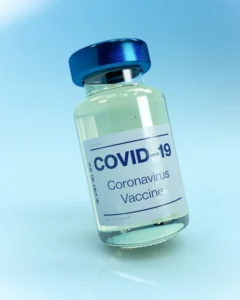
Bacterial vaccine –
These may be :
- live vaccines like BCG for tuberculosis
- Killed vaccines like TAB for enteric fever.
- Subunit vaccine like v1 polysaccharide for Typhoid.
- Bacterial products like toxoids for diphtheria and tetanus.
2. Viral vaccine – these are also of the following three types.
- Live vaccine – the oral polio vaccine is the Sabin vaccine.
- Killed vaccine – injectable polio vaccine or Salk vaccine.
- Subunit as a vaccine – hepatitis b vaccine.
1. Live vaccine –
The live vaccine contains live attenuated viruses. These viruses are Bacteria that act like natural infections, multiply in the host and stimulate Antibody production and confer long-lasting immunity. But these have weakened violence and are unable to cause the disease. The attenuated viruses are mutant strains of Virulent wild-type. These are obtained.
- By selecting naturally attenuated strains.
- By cultivating the virus Serially in various hosts and cultures to obtain attenuated strain.
- By Planned Genetic alternation in the virus.
The live vaccine is used against poliomyelitis smallpox mumps measles, yellow fever, and rubella.
Advantage –
The live vaccines have the following advantages:
- The live vaccines are more effective than the killed vaccines.
- A single dose is usually sufficient.
- The live vaccine induces a wide spectrum of immunoglobulins or antibodies to a whole range of antigens.
- Live vaccine-induced cell-mediated immunity.
- The live vaccine provides long-lasting immunity.
Disadvantage –
The live vaccine has the following disadvantage.
- Live attenuated viruses have changes of reversion to Greater virulence during multiplication.
- There are changes in its contamination with potentially dangerous viruses like Oncogenic viruses (Avian leukosis virus simian Papo virus SV 40 and simian cytomegalovirus).
- There is a potential problem with the spread of viruses from vaccines to contacts.
- Interference with the coinfection of pre-existing wild types of viruses may decrease the efficiency of the vaccine.
- Liver vaccines are heat labile, so these need to be stored under refrigeration. These have limited shelf life.
Killed vaccine –
Killed vaccines are made by inactivating virus heat phenol Formalin or beta propiolactone. The viral protein coat is used as an antigen. Therefore, killed virus vaccine stimulates the development of circulating antibodies against coat protein the killed vaccine is used against rabies influenza Japanese B encephalitis and Hepatitis – B.
Killed vaccines are stable, non-heat labile and quite safe. These can be used in combination with polyvalent vaccines, these do not have the danger of spreading.
The killed vaccine is less immunogenic and resistance or immunity lasts only for a short period. Therefore, repeated doses (maybe 2-3 or more) are needed for developing immunity. The first dose was known as the primary dose, and the subsequent dose is called the booster dose.
Viral vaccines –
Immunity to viral infection is based on the development of antibodies in response to specific antigens located under the surface of viral particles. Vaccines are now available to prevent several significant human diseases such as influenza smallpox measles mumps hepatitis B encephalitis, yellow fever, and poliomyelitis. There is no medicine against viral infection. It means immunity against infection is the only solution to viral infection
Salk and Sabin vaccines –
Both Salk and Sabin vaccines are polio vaccines prepared by Salk and Sabin separately from the poliomyelitis virus. These vaccines are Salk’s killed polio vaccines and Sabin’s live polio vaccine.
Salk’s killed polio vaccine or Salk vaccine is a formalin-inactivated preparation of three types of poliovirus grown in monkey kidney tissue culture. It was prepared by Salk in 1953. It gives 80 – 90% protection against poliomyelitis. Salk’s vaccine is given by injection and is also named inactivated injectable polio vaccine (IPV). Its 3 doses are given 4–6 weeks apart. This is the primary vaccination and is followed by a booster dose 6 months later. The first dose is recommended at the age of 6 months.
Sabin’s live vaccine was developed independently by Koprowski, Cox, and Sabin, attenuated by a repeated passage in cotton rats. The vaccine contained attenuated strains of all three types of polio. Live poliovirus is administered orally and is, therefore, known as the oral polio vaccine (OPV).
It is now prepared by growing attenuated strains in monkeys’ kidney cells. Theoretically, one dose is sufficient to establish immunity, but in practice 3 Doses are given at 4 to 6 weeks intervals, and the first dose is given to the Infant when he is 3 to 4 months old.
In tropical countries, 5 instead of three doses are recommended. One or two doses of live vaccine produced 90-100% immunity in developed countries, but not in underdevelopment countries.
Conclusion –
Friends, I hope that you must have liked the information given about what is a vaccine. If you liked it, then share it with as many friends as possible so that they can also benefit from it.
Thanks











